The clock is nearing midnight, signaling the end of my harvest. I tuck my ax back into my bag and inflate my balloon, my only means of traveling between floating islands. But halfway through my flight home, my heart sinks in realization: My stamina bar is quickly running out.
Darkness closes in as fatigue begins to take hold. My fingers slip down the balloon’s string, and empty space fills my grasp. I feel myself falling, the wind tearing at my clothing as my body cuts through the air.
Then, suddenly, a house with chicken legs swoops in, plucking me from the sky and sheltering me for the night. I awake the next day to an erratic, magical man made of totems and talismans who scolds me for not being careful. As I step out of the house, it vanishes behind me.
And then it’s back to chopping trees.
Studio Supersoft’s Moonstone Island is full of weird but wonderful quirks like this. The game blends elements of both Stardew Valley and Pokémon with a beautiful pixelated aesthetic, charming sense of humor and addictive gameplay loop. There’s never an end to its many activities, and although it’s by no means perfect, Moonstone Island has the potential to reach the same stardom its cozy-game predecessors stumbled into.
A familiar look and feel, but a magical world to explore
In Moonstone Island, you’re a novice Alchemist in your first year away from home. Before you begin your journey, your parents teach you how to grow crops, gift you your first Spirit (the game’s take on pocket monsters), and send you into a vast world of magical floating islands. Throughout your playthrough, you’ll fly between these islands on balloons, brooms, and gliders to collect resources, battle and tame Spirits, and explore dungeons for treasure and upgrades.
From fishing and gardening to wooing your neighbors and decorating your island, there’s an almost choice-paralysis level of activities you can spend your days on. The game doesn’t force you into one playstyle or the other but instead weaves them together into a cohesive experience while allowing you to venture out on your own.
Moonstone Island uses a similar in-game clock as other farming simulators. If the clock strikes 2am or if you deplete your stamina bar before you head to bed, you’ll fall asleep and the day will end. After each day, the game tallies up the items you’ve sold, the Spirits you’ve bested, and the dungeons you’ve completed. At this point, you can also level up and improve your ability to harvest resources or fight Spirits.
Although Moonstone Island pulls in elements from monster-tamers like Pokémon, it’s far from Game Freak’s smash hit. Tamed Spirits follow you wherever you go, and you can have up to three on a team at once. As you explore the islands, you’ll use your Spirits to banish or tame other wild creatures.
The battles follow more of a deck-builder formula than your standard turn-based combat; each tamed Spirit has its own stats and cards that stack together in a deck, and you draw a hand of attacks or skills dispersed across your three Spirits. Playing a card uses stamina, and when you run out of stamina, you end your turn, and the enemy attacks.
As someone who loves deck-builders, one of the most attractive elements of the genre is the meticulous strategy. In Moonstone Island, you can throw together a deck without much consequence, which would be an issue if the only focus was on its combat system. It’s not, though, and Moonstone Island’s lack of emphasis on difficulty allows its target audience—casual, cozy-game fans—to better enjoy the game’s other strengths, like its exploration, resource-harvesting, and crafting systems.
Stardew Valley, arguably the most prominent farming simulator on the market, has set the gold standard for these three gameplay systems, but Moonstone Island keeps pace with the genre veteran. There are a hundred islands to explore in Moonstone Island, many of which have different terrains that spawn different Spirits and crops. Some islands have dungeons with mini-bosses, but all have at least one Moonstone and a mine on it, making it essential to visit as many islands as you can to harvest these rare and necessary resources.
These resources can then be funneled into one of Moonstone Island’s many crafting tables to create other resources, furniture, or decorative items for your house or private island—if you have the crafting recipe for your desired item, that is. It’s staggering just how many crafting recipes are available to find in dungeons and mines from the get-go compared to Stardew’s furniture catalog.
Because Moonstone Island’s crafting recipes are locked in dungeons or mine chests, you have to explore a multitude of islands to find them all. In Stardew, there are only a couple of mining locations you can visit to collect resources and items to sell for gold, and you find yourself returning to the same locations again and again just to acquire enough materials. In Moonstone, crafting becomes exploration: The two intrinsically go hand-in-hand, and that core gameplay loop challenges what Stardew has to offer in the same respect.
Like Stardew, Moonstone features a collection of neighbors, but unlike the ConcernedApe title, you can romance anyone (yes, even the erratic magic man). Unfortunately, interacting with the townsfolk was my least favorite part of Moonstone Island. While Moonstone Island allows you to court any NPC you come across, it gives little reason to interact with your neighbors outside of running errands for them.
They might all be good-looking, but they’re also dull and repetitive, and bonding with them feels like it drags on. They repeat similar inconsequential dialogue lines, complaining about the weather or expressing their interest in a new hobby. You can increase your bond with them by giving them gifts or selecting dialogue options to “Talk,” “Joke,” or “Flirt” (which have 75, 55, and 15-percent chances of success, respectively).
Even with these methods, their relationship bars feel impossible to fill. Granted, I have over 100 hours in Stardew Valley and still haven’t romanced any of the townsfolk. Other Stardew fans likely can’t imagine a playthrough without snuggling up to Sam or sharing a bottle of wine with Leah. But I must admit: As an introvert, I naturally favor tending crops over social relationships—even in video games.
Does Moonstone Island live up to the gold standard?
Moonstone Island clearly looks up to its bigger sibling, Stardew Valley, and follows in its footsteps across many gameplay aspects. But it carves its own path by pulling from the monster-taming and deck-building genres—areas Stardew simply can’t compete in.
As the lovechild of the farming sim, deck-building, and monster-taming genres, Moonstone Island is juggling quite a lot. It doesn’t necessarily redefine any one genre, but as a solid jack-of-all-trades, it still seamlessly blends elements from all three well enough to stand on its own two feet. And with enough marketing and consistent developer support, Moonstone Island can hope to reach the same heights an indie giant like Stardew Valley did.


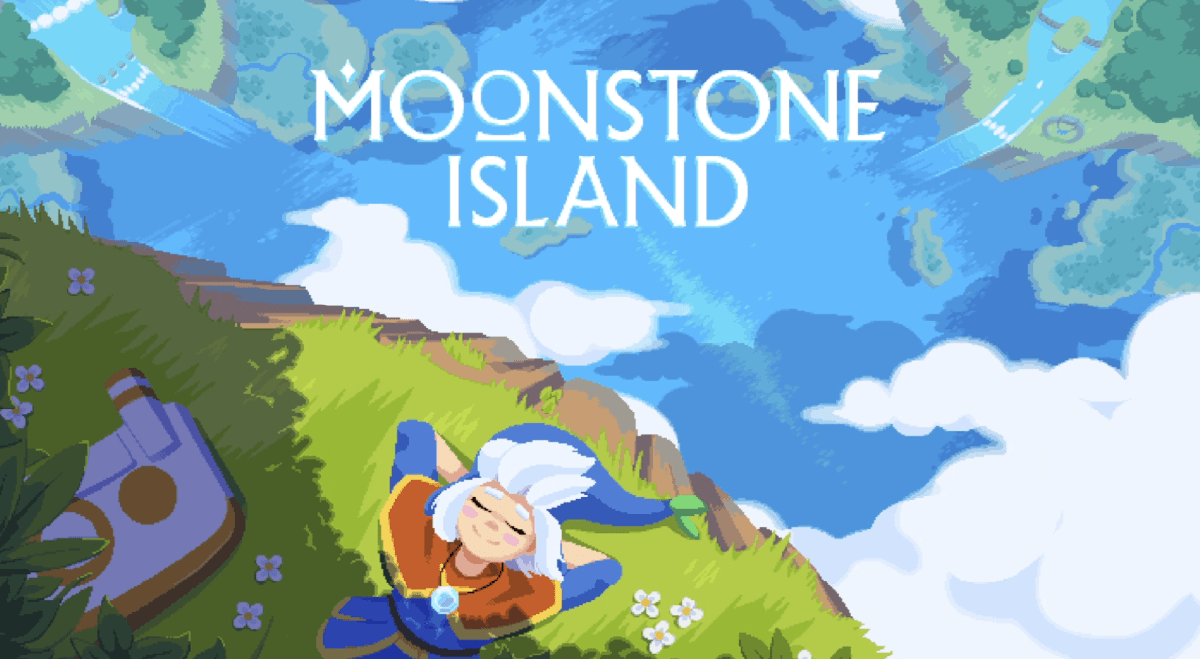
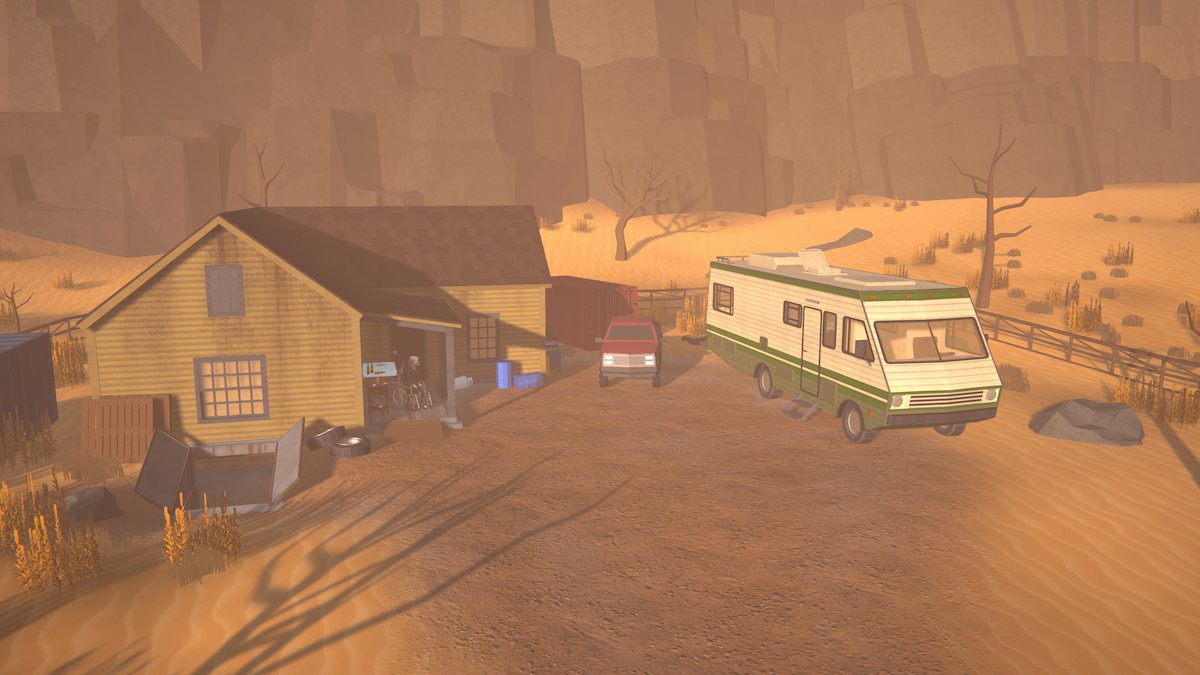

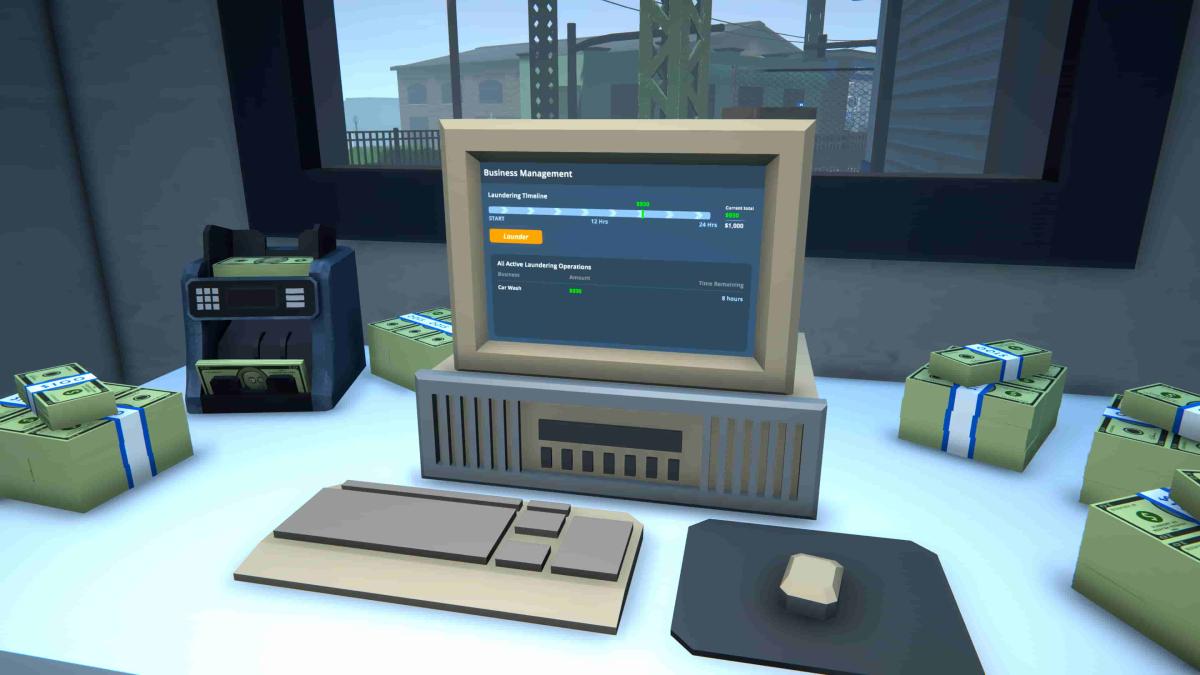
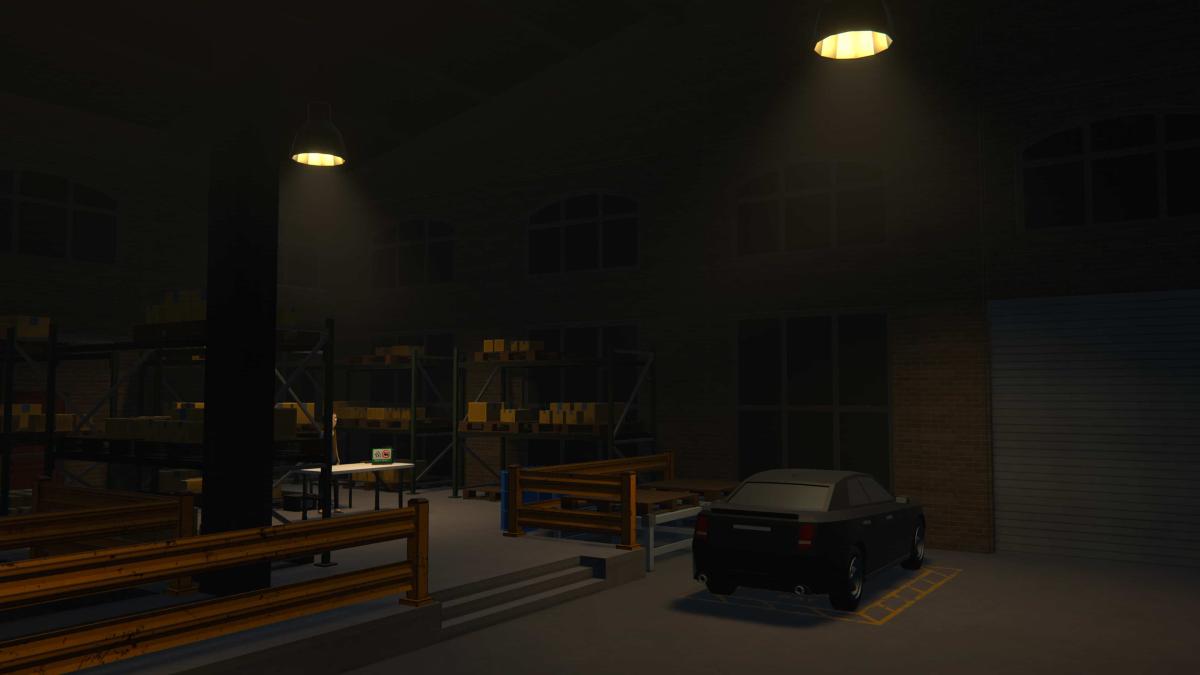
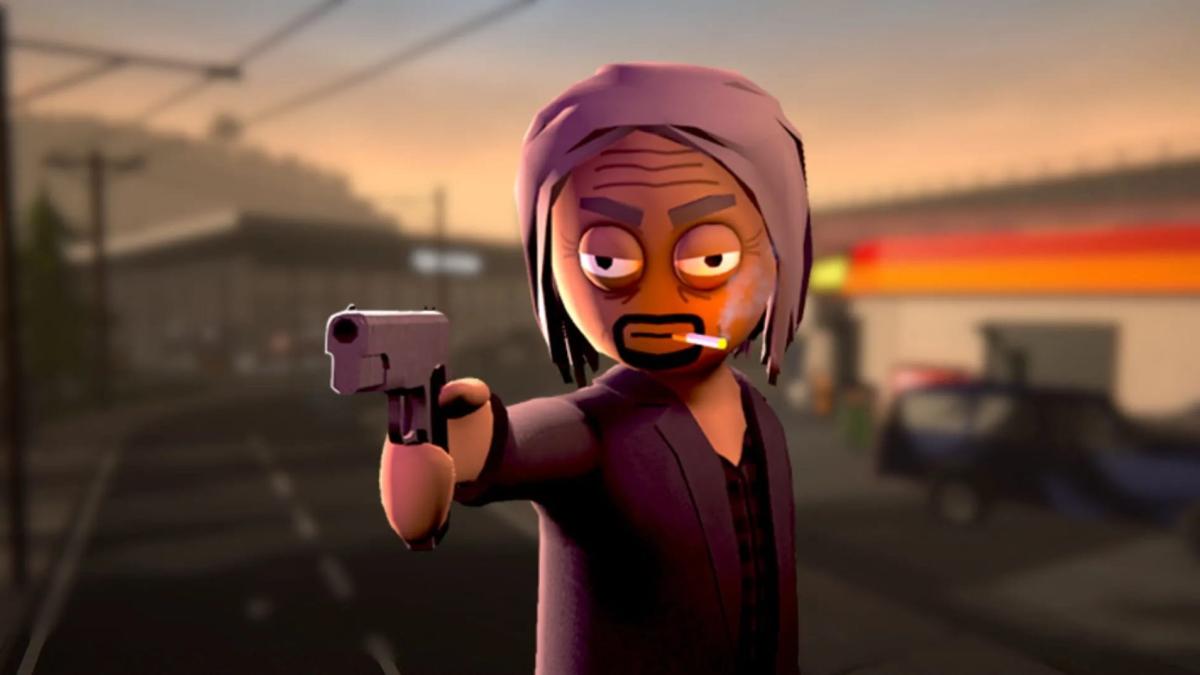
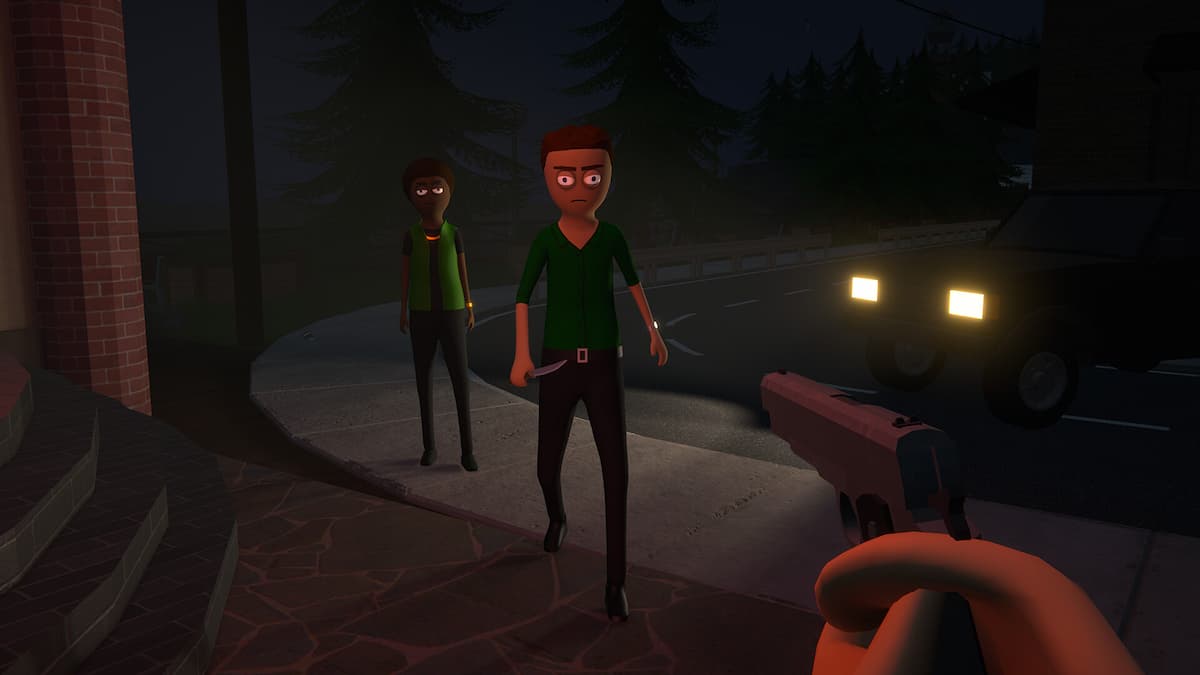
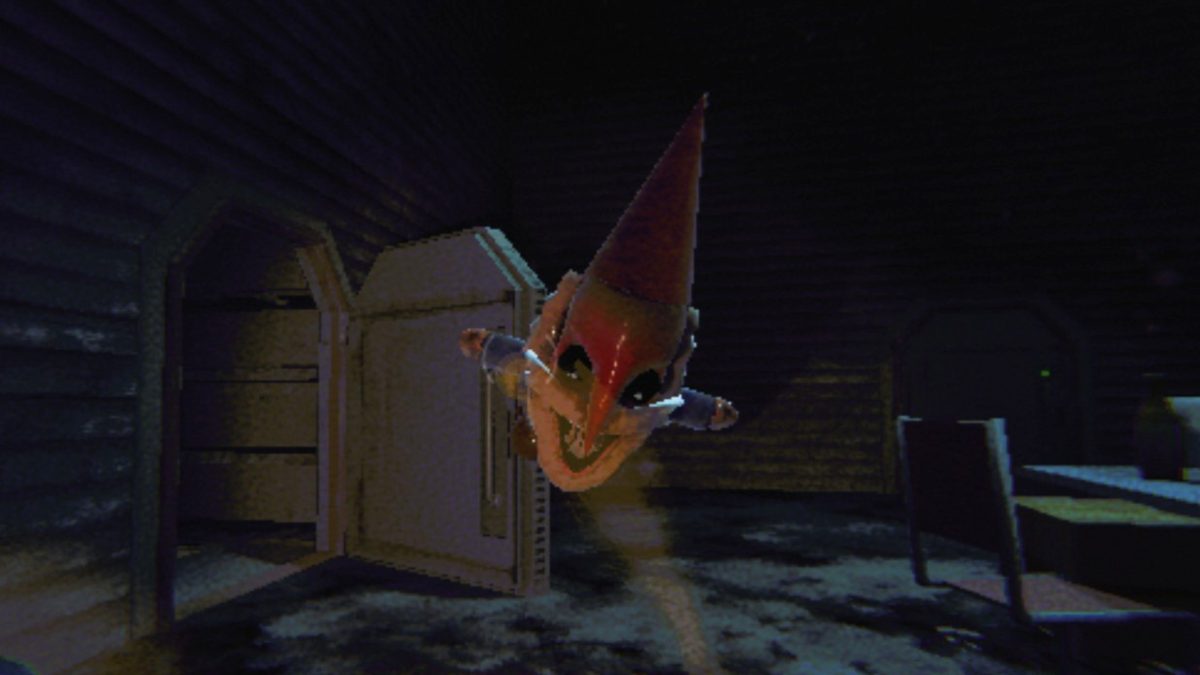



Published: Nov 11, 2023 09:09 pm